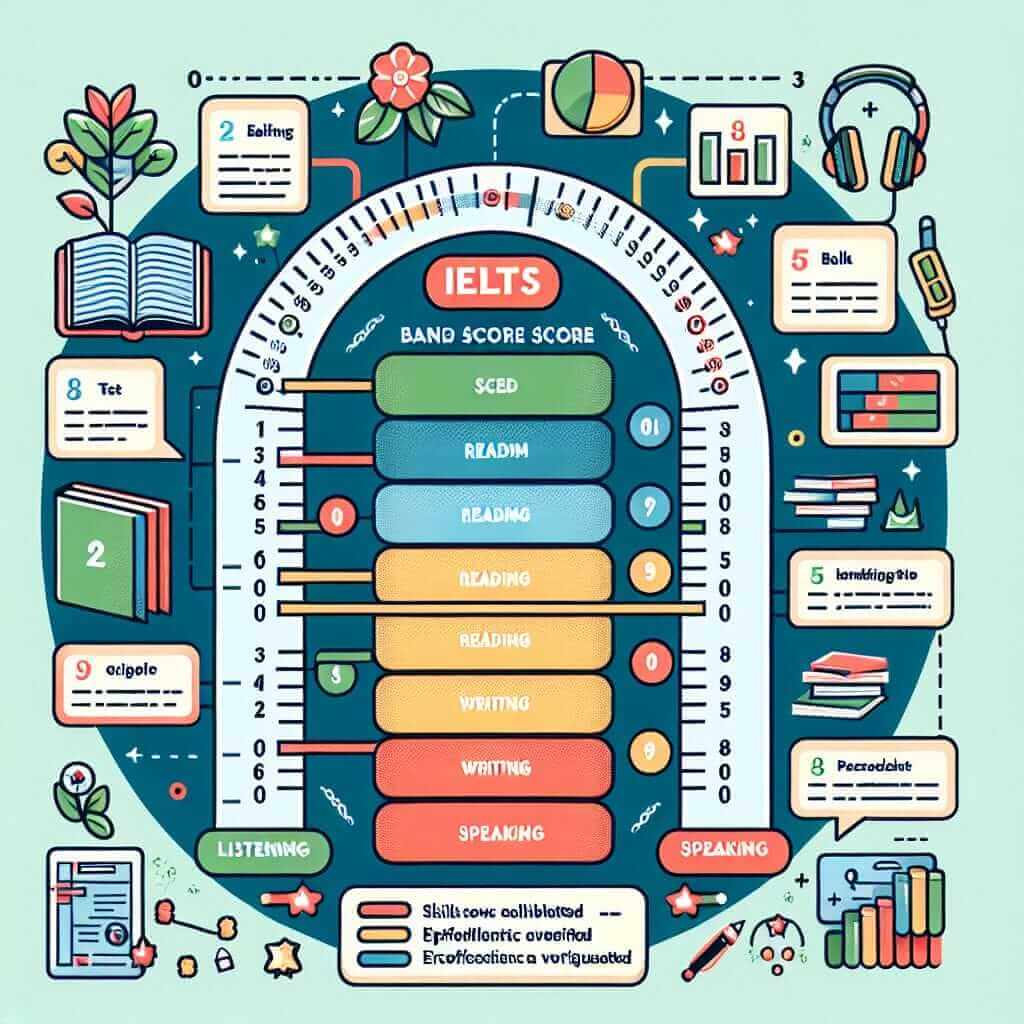Understanding the Concept of a “Pass” in IELTS
For many IELTS test-takers, the concept of a “pass” can be a bit nebulous. Unlike traditional exams with a clear-cut passing score, the IELTS uses a band score system ranging from 0 to 9. This system can be initially confusing, leading to the common question: “What is a passing score in IELTS?”
The truth is, there’s no single answer. A “pass” in IELTS is entirely dependent on your individual goals and the requirements of the institution you’re targeting.
- For universities: Most universities require a minimum overall band score of 6.0 or 6.5, with specific band scores for each skill (listening, reading, writing, and speaking) depending on the course.
- For immigration purposes: Countries like Canada and Australia use the IELTS for visa applications, each having specific band score requirements for different visa categories.
Therefore, understanding what constitutes a “pass” for you requires clearly defining your personal IELTS objectives and researching the specific requirements of your chosen institution or immigration program.
Navigating the Band Score System
The IELTS band score system assesses your English language proficiency across four key skills:
- Listening: This section evaluates your ability to understand spoken English in various contexts.
- Reading: This section assesses your comprehension of written English texts.
- Writing: This section examines your ability to express yourself clearly and accurately in written English.
- Speaking: This section measures your fluency and coherence in spoken English.
Each skill receives a band score, and an overall band score is calculated by averaging the four individual scores. Understanding the descriptors for each band score is crucial to gauge your proficiency level. For instance, a band score of 7 indicates a “good user” of English, while a band score of 5 signifies a “modest user.”

Example: IELTS Band Score Requirements
Let’s say you’re applying to a university that requires an overall band score of 6.5, with a minimum of 6.0 in each skill. This means you need to demonstrate a competent level of English across all four areas to meet their admission criteria.
Tips for Achieving Your Target Band Score
- Identify Your Strengths and Weaknesses: Take a practice test to assess your current English proficiency level and pinpoint areas where you excel and struggle.
- Focus on Your Weak Areas: Devote more time and effort to improving your weaker skills. For example, if writing is a challenge, practice writing essays and reports regularly.
- Familiarize Yourself with the Test Format: Understanding the structure and types of questions in each section can significantly reduce anxiety on test day.
- Utilize Authentic Practice Materials: Practice with past papers and official IELTS preparation materials to get accustomed to the test’s style and difficulty level.
- Seek Feedback from Experienced Tutors: Professional IELTS tutors can provide valuable insights into your performance, identify areas for improvement, and offer personalized strategies to enhance your score.
Conclusion
Achieving your desired band score in IELTS requires a focused and strategic approach. By understanding the significance of band scores, identifying your target, and adopting effective preparation strategies, you can confidently approach the test and increase your chances of success. Remember, a “pass” in IELTS is not a one-size-fits-all concept. It’s about achieving the score that aligns with your individual aspirations and opens doors to your desired academic or professional pathways.